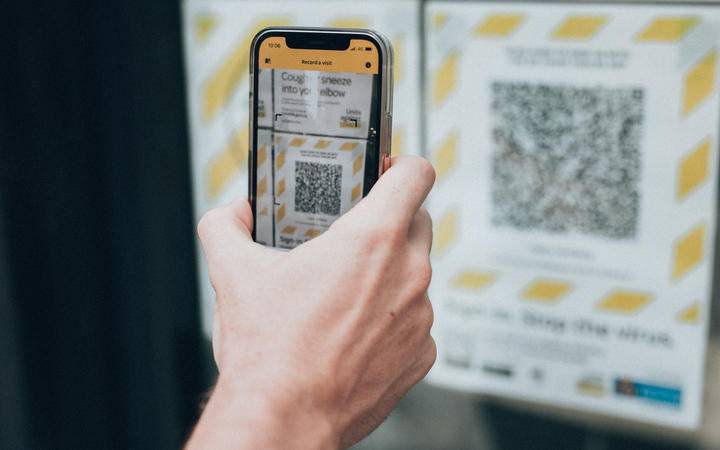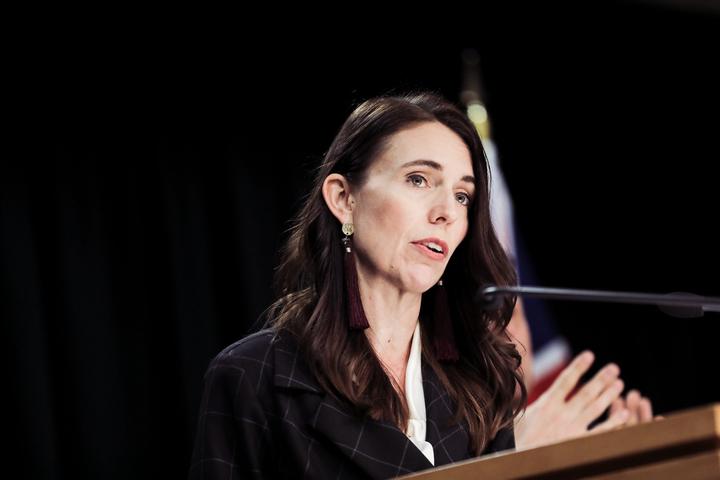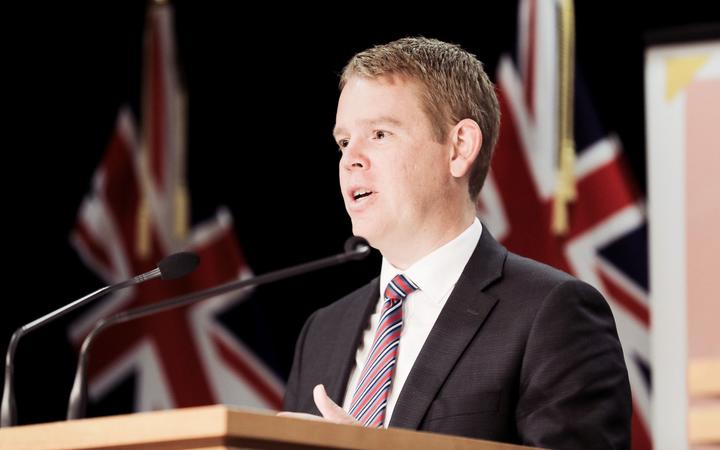The government plans to consider advice on mandatory mask wearing at alert level two and higher, and mandatory QR code scanning in high-risk areas.
Speaking at a post-Cabinet media briefing this afternoon, Prime Minister Jacinda Ardern said Cabinet had commissioned advice on making QR code scanning mandatory at some high-risk locations, and would look to consider that advice next week.
Locations considered high-risk could include include bars and restaurants and other places where people were at an increased risk, she said.
The government would also consider mandating face mask use in regions that were at alert level 2 and higher as well as some high-risk places, she said. Mask wearing is already mandatory on public transport.
“The rise of the Delta variant and the risk is poses to the trans-Tasman bubble means it’s timely to consider new measures for our tool box to strengthen the bubble and reduce the risk of Covid spreading in New Zealand,” she said.
“In order to get and keep in front of the virus we need to be able to contact trace quickly.”
 Photo: RNZ / Dom Thomas
Photo: RNZ / Dom Thomas
She said masks could stop the virus from spreading through droplets in air, and were useful when physical distancing was not possible.
“Emerging evidence and experience has shown it’s not hard for the virus to spread this way.”
Covid-19 Response Minister Chris Hipkins, who was also present at the media briefing, said it was likely people could be fined if they were not complying with mandatory face covering instructions.
Use of app recently ‘consistently low’ – Ardern
Ardern said the Covid-19-positive Sydney traveller who arrived in Wellington had made thorough use of the Covid-19 app, and that had been valuable in tracing his movements and quickly identifying places of interest.
However, while about 2600 people were estimated to have been at those places of interest, only 585 alerts were sent out to people who had used the NZ Covid Tracer app, she said, suggesting only a third of potential contacts of the case had used the scan into the locations of interest.
“Use of the app is consistently low across the country presently. New Zealand has gone from a peak of two million scans per day in the first half of September last year, to a low of 405,630 scans on June 7 this year, leaving us exposed in the event of cases in the community,” she said.
 Photo: RNZ / Samuel Rillstone
Photo: RNZ / Samuel Rillstone
“We acknowledge that there will be some inconvenience associated with the idea of mandatory scanning, but it’s an inconvenience that pales compared to venues having to limit gatherings, physically distance people are having to shut their doors altogether.”
“We expect that over time requiring people to scan in would become a part of normal life.”
She said the approach had been to avoid restrictions as much as possible, unless needed.
“But with the inherent risks associated with the trans-Tasman [travel bubble] combined with the emergence of more transmissible strains, we should and will keep adjusting our footing.”
Alert levels and business support in Wellington
Ardern said Covid-19 resurgence support payments had been triggered with the extension of alert level 2 in the Wellington region and would soon be available to businesses and organisations facing a reduction in revenue.
Applications for the payment, which gives businesses $1500 plus $400 per full-time equivalent employee required to isolate (up to 50 FTEs), will be able to be made from 8am on Thursday via IRD.
Wellington businesses told RNZ they felt hobbled under the level 2 restrictions, but were grateful for the payment.
Cabinet met yesterday and agreed to extend Wellington’s alert level 2 status until 11.59pm tomorrow. The pause on quarantine-free travel was also extended to all of Australia, and will last for the same duration.
Wellington shifted from alert level 1 to 2 last Wednesday, after a Sydney man who visited the region between 18 and 21 June tested positive for the highly infectious Delta variant upon his return to Australia.
His partner has also since tested positive, while New South Wales’ cases continue to climb.
The rest of New Zealand remains at alert level 1.
Ardern said closing the border to all of Australia was a rare occasion, as what happened in NSW had the potential to be a “starburst event”, where lockdowns may not have captured everyone who had been exposed.
“So just putting everything on hold gives us the chance to see whether or not that was something that occurred and whether it is safe to reopen.”
More testing urged for Wellington
Hipkins said he wanted to see higher testing numbers in Wellington.
Testing centres around the Wellington region were relatively quiet today despite plenty of encouragement from health officials for people to get tested.
 Photo: RNZ / Samuel Rillstone
Photo: RNZ / Samuel Rillstone
On Saturday and Sunday respectively just 776 and 754 people were tested in the Greater Wellington region, compared with about 2000 to 3000 daily last week soon after the Sydney visitor’s positive Covid-19 result was announced.
An RNZ reporter who visited three testing sites today said Johnsonville was the busiest but is appointments only, the Hataitai testing centre near Wellington Rugby Club was not busy, and about 10 people were waiting in the queue at the Taranaki Street site.
Meanwhile however, calls to Healthline have continued at similar rates. There were 3000 calls on Saturday and 2000 calls on Sunday – much the same as the early part of the latest scare.
As of this morning, 2597 contacts of the Sydney man who visited between 18-21 June had been identified, and 2273 of those had been tested as at 9am this morning.
Hipkins encouraged people who felt unwell or who had been at a location of interest to come forward.
About 200 contacts were not yet due for their test, and about 100 were outstanding, he said.
